The Aurora
| Builder | Alexander Stephen & Sons Ltd. Dundee, Scotland |
|---|---|
| Launched | 1876 |
| Type | Barquentine 1 funnel, 3 masts |
| Length | 50m |
| Beam | 9.3m |
| Expedition | Trans-Antarctic Expedition 1914-1917 |
| Led by | Sir Ernest Shackleton |
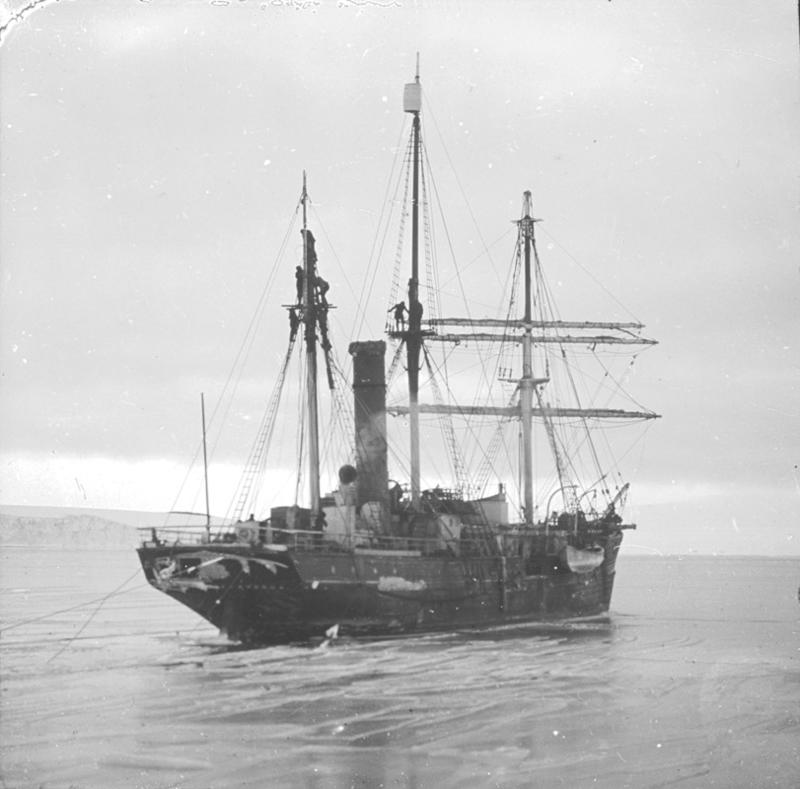
The Ross Sea Party, part of the Imperial Trans-Antarctic Expedition (1914-1917)
The Aurora was used by Sir Ernest Shackleton to support the Ross Sea Party during the Imperial Trans-Antarctic Expedition of 1914 to 1917. While Shackleton and his main party aimed to cross Antarctica from the Weddell Sea via the South Pole, the Ross Sea Party was tasked with laying supply depots from the opposite side of the continent to support the crossing.
While Shackleton would lead the Weddell Sea Party aboard the Endurance, the Aurora would transport the Ross Sea Party to McMurdo Sound. The two teams planned to meet in the middle, having crossed the continent via the South Pole.
Aurora sailed from Hobart in December 1914, reaching McMurdo Sound later that month. Arriving in McMurdo Sound, Aurora faced heavy pack ice. As conditions allowed, sledging parties went ashore and began laying depots. They also stored supplies at Discovery Hut, located at Hut Point, and used it regularly throughout their efforts. The hut had partially filled with snow over the previous two years, but it became an essential base for drying clothes, sheltering from storms, and recovering from the intense physical strain of depot laying.
In early March, Aurora reached Discovery Bay and dropped anchor. There were plans for the ship to winter safely in McMurdo Sound, acting as a base while sledging continued. But on 6 May 1915, a blizzard struck and tore Aurora from her moorings. Still held fast in ice, she was carried out to sea and lost from sight. On board were 18 men and most of the party’s vital stores, fuel, and equipment.
The ship drifted helplessly through the ice of the Ross Sea for nearly 10 months. Morale remained steady, though rations were limited and temperatures severe. The ship’s log described the voyage as monotonous but noted that “all hands appear to be happy and contented.” There were times when the ice threatened to crush the vessel, and at one point the men prepared to abandon ship. But in February 1916, the pack finally released her and Aurora sailed north, eventually reaching New Zealand in April.
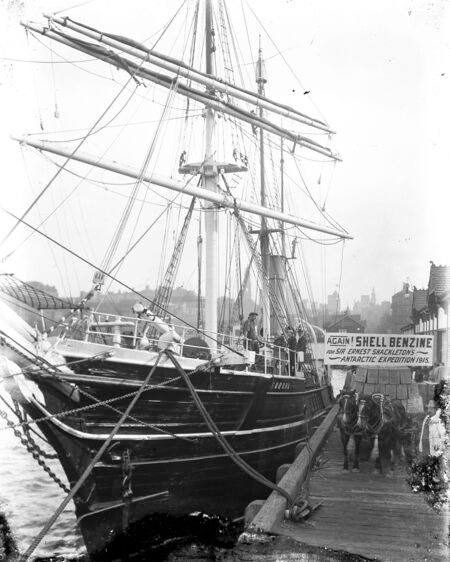
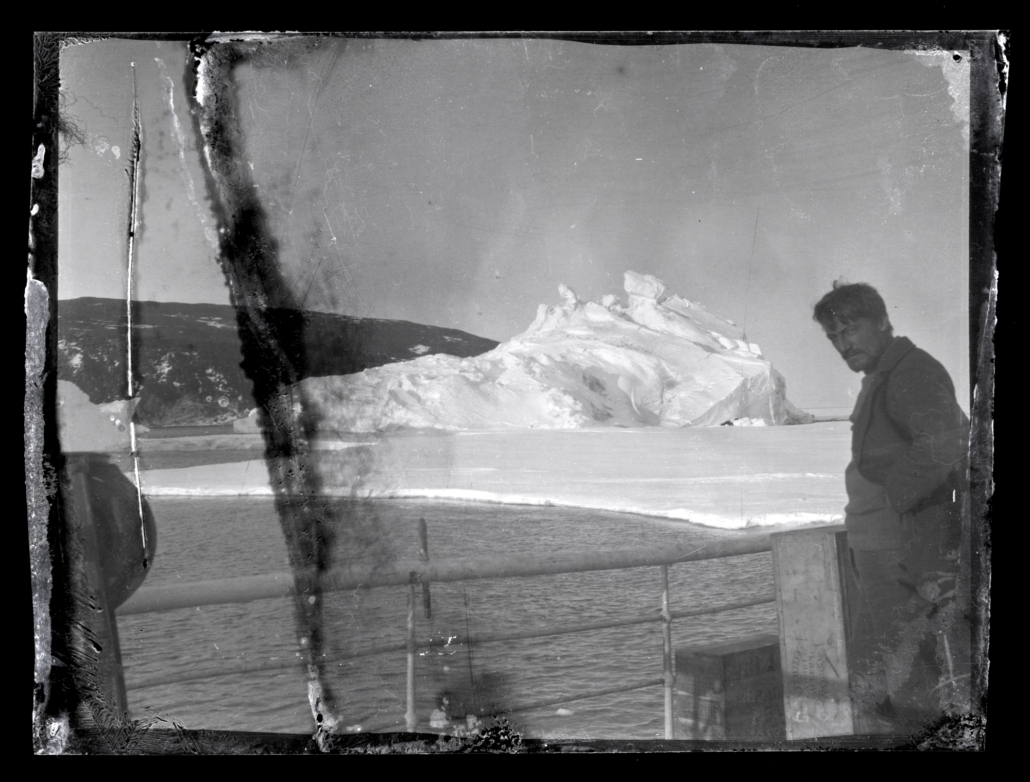
Meanwhile, 10 men had been left behind at Cape Evans with only partial supplies. They had no knowledge of Shackleton’s fate or of the Aurora‘s location. Despite extreme hardship and the loss of key equipment, they remained determined to carry out their depot laying mission. Over the winter of 1915, they lived between Cape Evans and Discovery Hut, using the historic structure as a staging base. Worn stores were scavenged, old sleeping bags repurposed into clothing, and blubber was burned for warmth.
The 1915–1916 sledging season was brutal. In their effort to establish the final depot at Mount Hope near the foot of the Beardmore Glacier, several men fell ill with scurvy. One, the Reverend Arnold Spencer Smith, died on the Barrier. Others barely made it back to Hut Point alive. The Aurora, when it had broken free of the ice and reached New Zealand, was quickly refitted and Shackleton arrived in December 1916 to lead the rescue mission.
On 20 December 1916, Aurora departed Port Chalmers under Shackleton’s command and reached the edge of the pack by early January. On 10 January 1917, Shackleton landed at Cape Royds in search of records and quickly learned that the survivors were housed at Cape Evans. Within hours, six men and their dogs arrived on board. He learned that of the ten men originally left behind, only seven had survived.
The Aurora returned to Wellington on 9 February 1917. Shackleton had finally been reunited with the Ross Sea Party, closing one of the most harrowing chapters of the Heroic Era. Though the crossing of the continent had failed, the perseverance of the men, both those who drifted with the ship and those who remained marooned on the Ice, remains one of the most remarkable feats of survival and determination in Antarctic history.
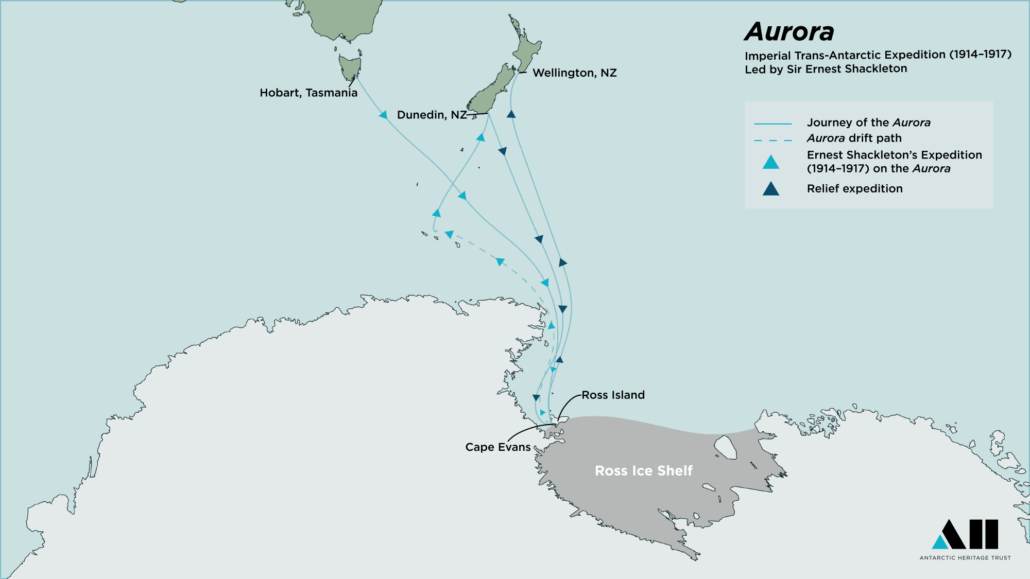
Fate of the Aurora
The Aurora, after decades of polar service, had been sold by Shackleton in Wellington to an American company for use as a merchant coal carrier. This marked the end of her long and varied career, which included sealing, whaling, and Antarctic exploration with Mawson and Shackleton.
Before her last departure, the Aurora was open for public inspection in Newcastle, attracting significant interest. The Newcastle Ferries Company even ran a special quarter-hour ferry service for visitors over the weekend. When she left Newcastle on 18 April 1917, it was reported that over two thousand pounds in silver coins had been collected for the Field Force Fund — a considerable amount at the time.
Just three days into the voyage, the Aurora was found to be leaking badly and was forced to return to Sydney on 23 April. Her 500 tons of coal were off-loaded for inspection at Mort’s Dockyard, which revealed substantial leaks behind the iron plates of her original icebreaker bow. Extensive and lengthy repairs were undertaken, and she finally returned to Newcastle in early June to reload coal.
The only piece recovered was her lifebuoy, bearing the initials of her Antarctic expeditions, pictured to the right.
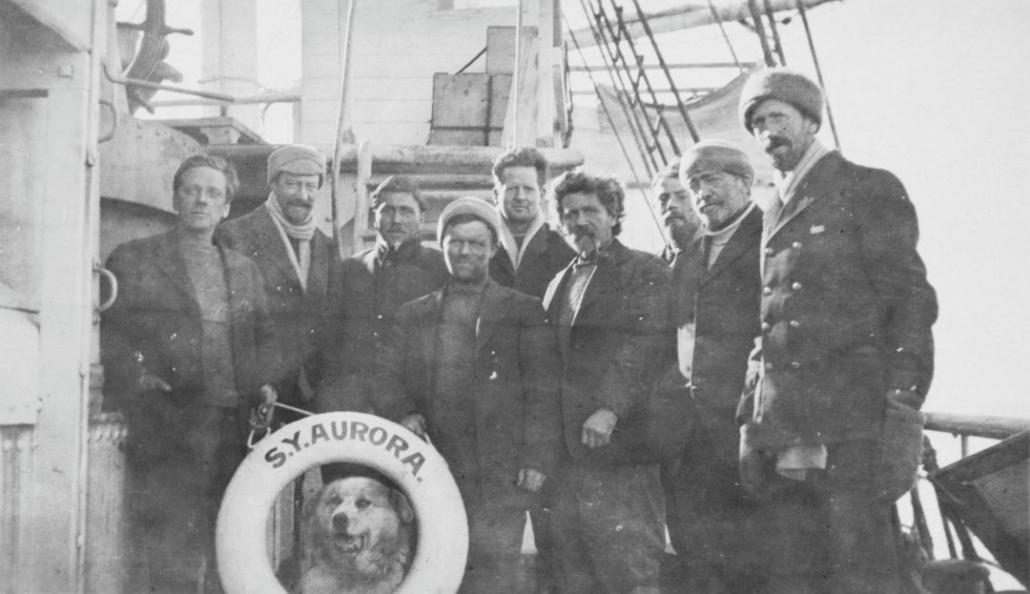
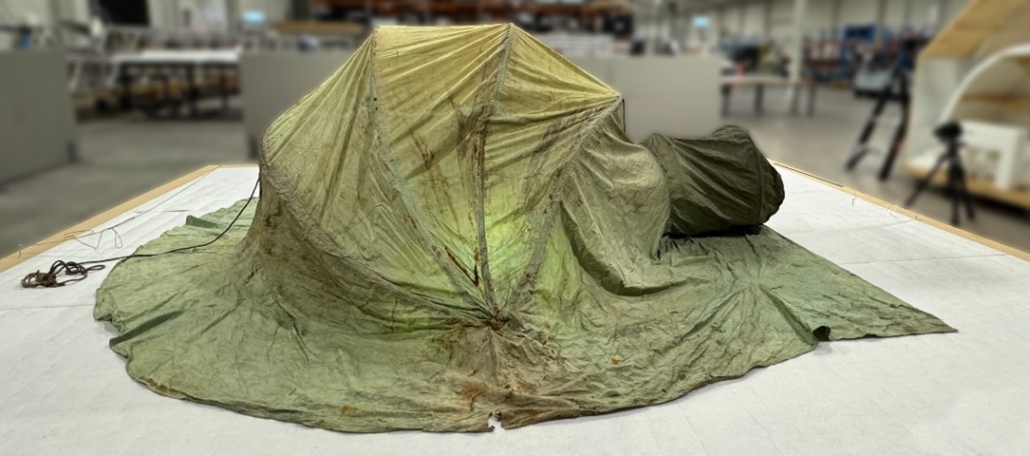
Historic Antarctic Tent Getting Very Special Treatment
Months of detailed conservation of a century old tent from Antarctica is both challenging and delighting specialist conservators.
The tent was one of several commissioned for Sir Ernest Shackleton’s 1914-17 Imperial Trans-Antarctic Expedition, known as the Endurance expedition, and considered by many to be the greatest survival story in history. The distinctive dome-shaped tents were designed by expedition member George Marston: some were used by Shackleton’s Weddell Sea party, and another was in use by Shackleton’s Ross Sea party, who were tasked with laying crucial food depots towards the polar plateau, which Shackleton planned to collect when he crossed the continent.
The dome tents used in the Weddell Sea were all ultimately lost or destroyed during the expedition, so this tent from the Ross Sea is thought to be the only one left of its kind, with handmade repairs underlining its importance to the expedition.
Originally found at Cape Evans, the tent was brought to the Trust’s New Zealand-based Reserve Collection under permit in the 1980s due to its rarity and condition. Following a significant fundraising campaign, and with support from Canterbury Museum, the Trust is now working with conservators to coordinate the specialist equipment and facilities required to restore this incredible artefact.
Aurora’s Anchor
Aurora’s anchor is visible in the foreground, with snow building up along the northern wall of Scott’s Terra Nova hut in the background.
Photographed during the 2007-08 second season of the in-house management of the Antarctic Heritage Trust‘s Ross Sea Heritage Restoration Project.
AHT Programme Manager and Team Leader Alastair Fastier with the secondment of Dept of Conservation Archaeologist Neville Ritchie continued to provide continuity to the project. This involved management of the recording, relocation and conservation of artefacts from Shackleton’s Nimrod hut, Cape Royds, and Scott‘s Terra Nova hut, Cape Evans.
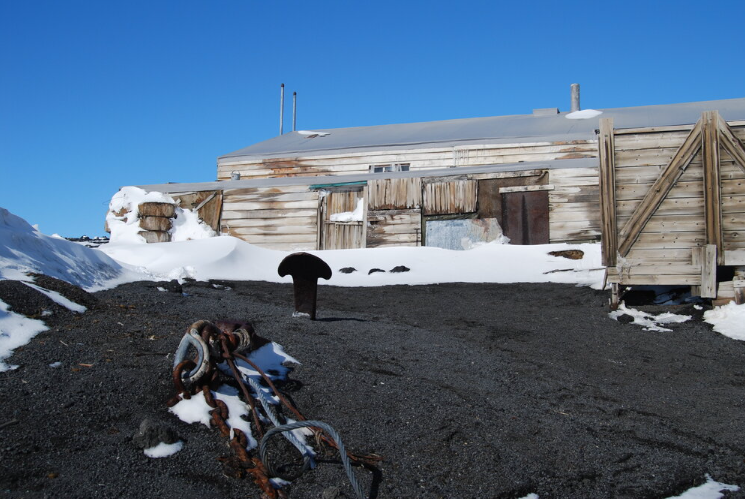
Further Reading
Polar Castaways: The Ross Sea Party (1914-17) of Sir Ernest Shackleton
Richard McElrea and David Harrowfield’
July 2004
The Lost Men: The Harrowing Story of Shackleton’s Ross Sea Party
Kelly Tyler-Lewis
September 2007
Wild, Henry Ernest, 1879-1918 : Diary of Imperial Trans-Antarctic Expedition
Henry Ernest Wild
Manuscript: Wild, Henry Ernest, 1879-1918 : Diary… | Items | National Library of New Zealand | National Library of New Zealand
![]()
Antarctic Heritage Trust
7 Ron Guthrey Road, Christchurch 8053, New Zealand
Private Bag 4745, Christchurch 8140, New Zealand

© Copyright 2025, Antarctic Heritage Trust Registered Charity: CC24071
Terms and Conditions – Privacy Policy
![]()
Antarctic Heritage Trust
7 Ron Guthrey Road, Christchurch 8053, New Zealand
Private Bag 4745, Christchurch 8140, New Zealand
© Copyright 2025, Antarctic Heritage Trust Registered Charity: CC24071
Terms and Conditions – Privacy Policy
